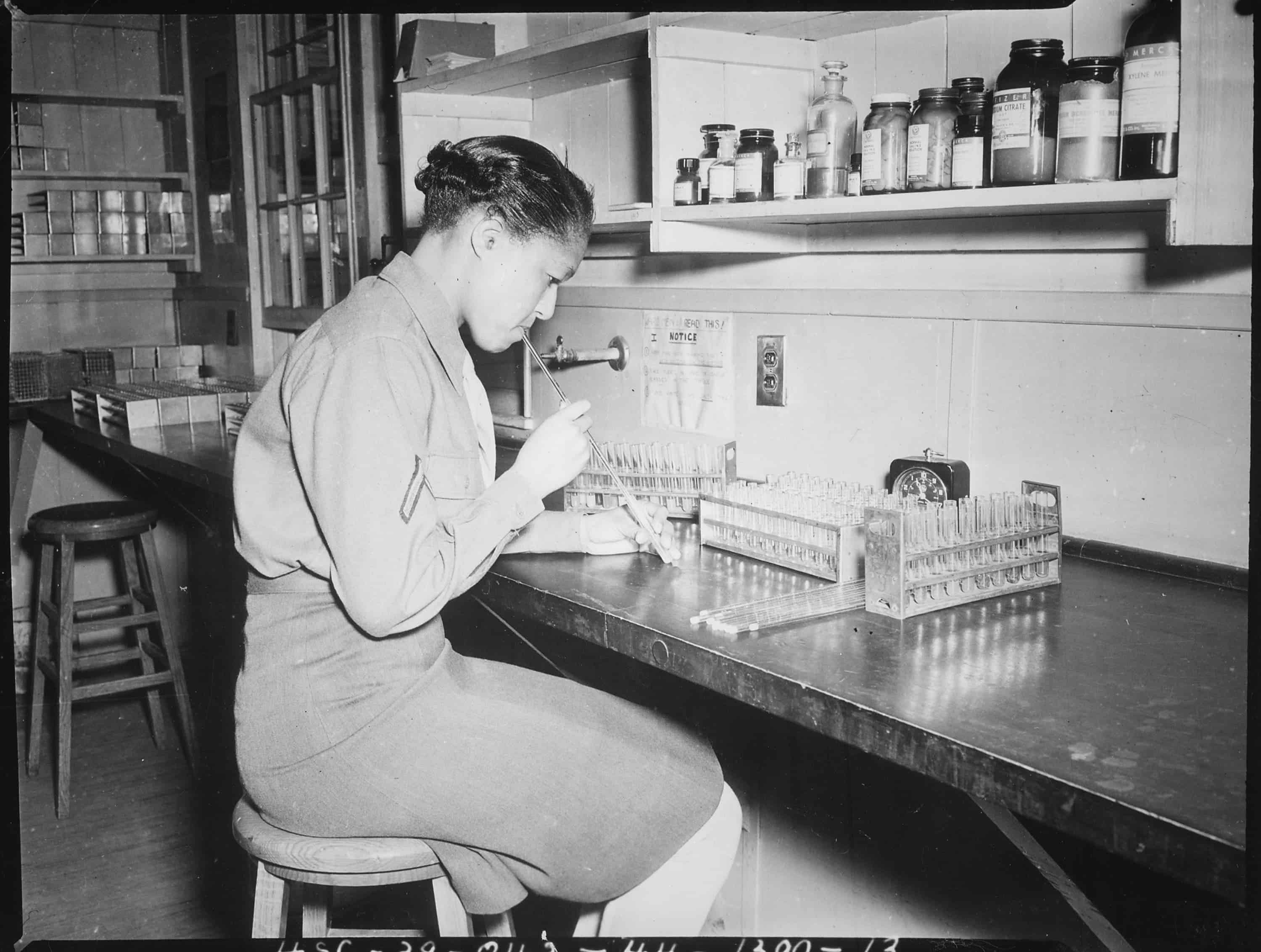Unless you slurp up an enteric pathogen like Salmonella, probably not much.
How do I know? As a grad student and post-doc I commonly mouth-pipetted bacterial cultures. This technique, which involves sucking up liquids into a tube (a pipette) with volume markings, is now considered unsafe. As it should be.

From Why you should be grateful for modern lab safety
Do this many thousands of times and you are bound to make mistakes. A couple times a year I would ingest a few mL of bacterial cultures, usually E. coli. It didn’t make me sick and didn’t even taste all that bad – like a salty soup with a bit of milk and beef broth added (which is what many growth media are).
Although E. coli can certainly be a pathogen, common lab strains don’t carry the virulence factors needed to mount an infection. These strains often did carry recombinant DNA, but I survived exposure to that as well.
Of the billions of species of bacteria on earth, only a few hundred ever cause infections and only a couple dozen are capable of infecting otherwise healthy adults. Pathogenesis is a very specialized ecological niche, and most bacteria don’t bother to acquire the elaborate tools required to adhere to human tissues and break them down, all the while fending off an immune system attack.
I can’t encourage the licking of Petri dishes of bacteria, but in truth it is not likely to cause harm. It’s up to you to decide if the perverse thrills of plate-licking are worth the risk.
